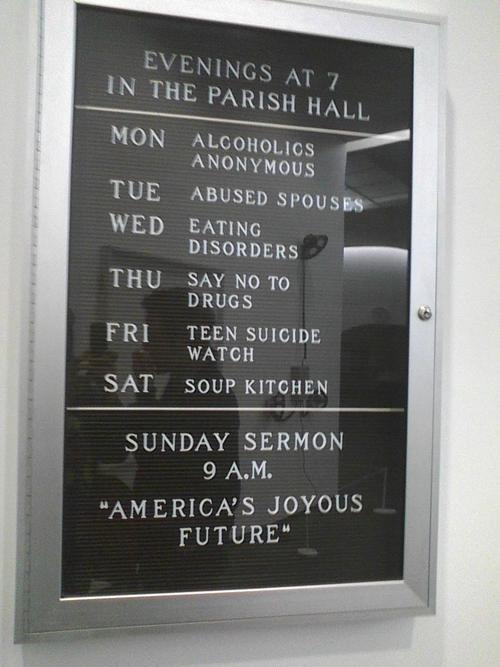Love what you do - that's how you get things done. Discipline and treating yourself with kindness also go a long way. Ben Casnocha, a successful entrepreneur and writer (I'd add "personality"), noted the following about people who "get stuff done" on his blog:
These points are well documented in social psychology. For examples, simply announcing intentions in public makes it more likely for you to follow through on your commitments (though we may have to make exceptions for many politicians, whose politics sway with the wind and the public's short term memory). Breaking down big long term goals into smaller short term goals help people to feel efficacious and successful in tackling particularly long-term oriented tasks. A woman who won her cancer battle told me once how she was inspired by a friend's observation about her weight loss: "I don't look at losing 30 lbs in a month; I think of how I could lose 1 lb a day." While I don't advocate drastic weight loss, the point remains: increasing opportunities for short term successes does wonders to motivation and self-confidence.
- People who get stuff done maintain a high commitment to themselves. They don't want to let themselves down. The chief motivation to achieve comes from within, not external factors. It is very easy to not keep promises you make to yourself ("Gee, I think I'm going to stop smoking" or "Gee, I'm going to join the gym this month").
- People who get stuff done strive for "good enough." Good enough is a key principle in entrepreneurship. If your aim is "perfect," the future is so far away it may be hard to get going.
- People who get stuff done think about the short term future - At the end of meetings, they ask, "So what are the next steps?" It's easy to analyze the present or dream about the distant future, but actionable tasks over the next 2-4 weeks is most important for keeping the ball moving.
- People who get stuff done "dream" and "talk" as much as the next guy, but they share these dreams and ideas with others. By sharing your intentions with others, you introduce yet another accountability mechanism.
The action habit, in my opinion, is indeed a learned habit, not a permanent part of a "successful personality."
The first point regarding self-commitment is quite spot on as well. Taking yourself seriously is probably the first step to getting things done (the second being NOT taking yourself THAT seriously). Remember the Coen brothers' A Serious Man? (“I’ve tried to be a serious man,” Larry Gopnik would plead.) I know seeing myself as a "professional" has helped me commit to my daily work, regardless of type or scope of the work. In some ways, self-commitment relates to the second point about being ok with "good enough" work. Commitment to oneself may involve belief in one's place in the world and capacity for worthwhile work. If something is deemed imperfect, a high or low opinion of one's expected worth and work may prevent the work from ever seeing the light. What brings out the less-than-perfect work? You can take the stance that the work will continue to evolve from where it is, and even if it does not, you are ok with it being "good enough" in serving its purpose. Just "doing it" helps to eventually you get into the habit of "doing stuff", not to mention the fact that seeing "good enough work" actually being received as "good enough" often enough can foster the sense of self-efficacy. Being good at "good enough" can feel much better than not having anything to show at all.
 Subscribe
Subscribe























